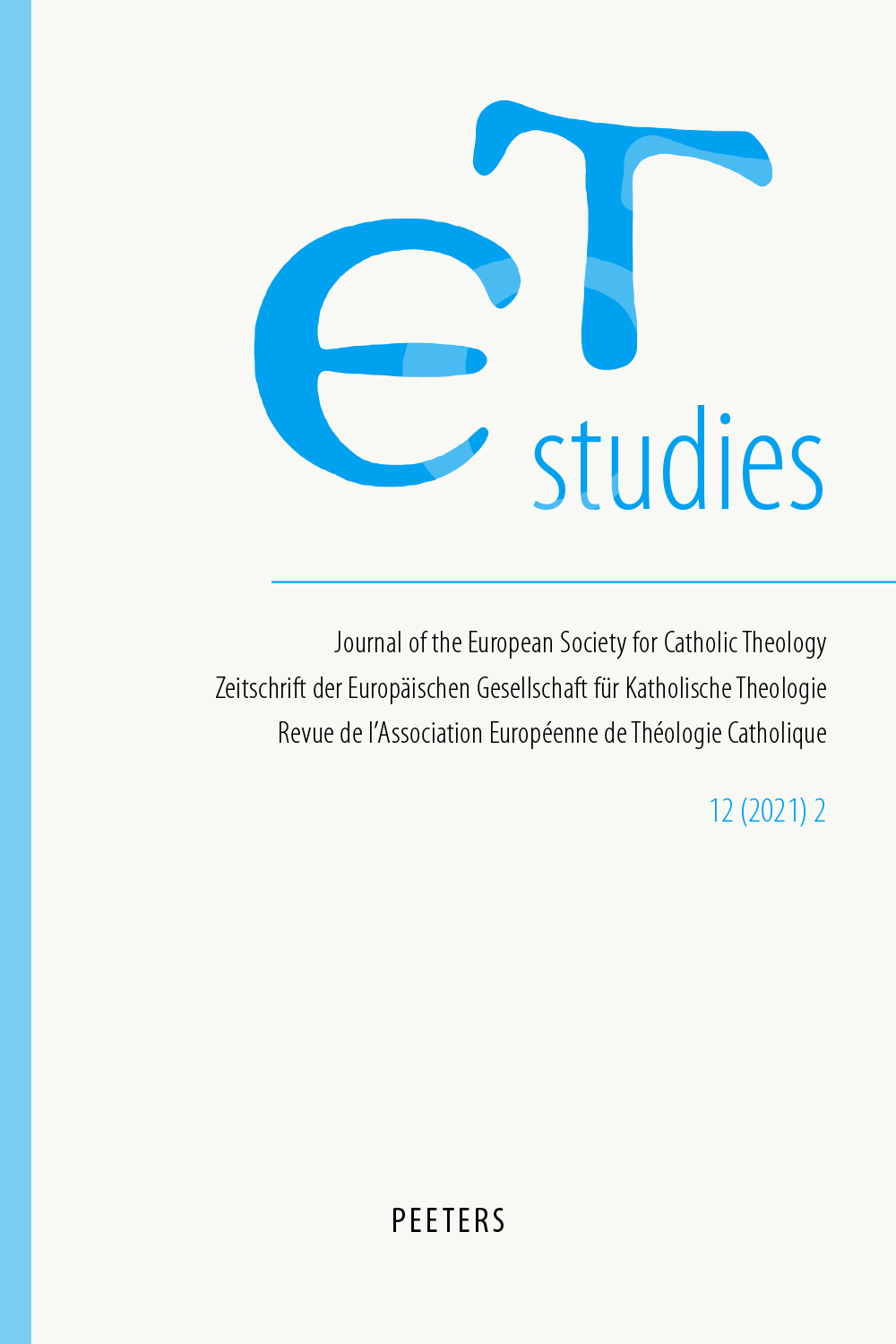 previous article in this issue previous article in this issue | next article in this issue  |

Preview first page |
Document Details : Title: Der Dialog mit Mittel- und Osteuropa Subtitle: Entwicklungen und Perspektiven Author(s): MÜLLER, Sigrid Journal: ET-Studies Volume: 5 Issue: 2 Date: 2014 Pages: 269-278 DOI: 10.2143/ETS.5.2.3047137 Abstract : Since the establishment of ESCT, the fostering of a dialogue between Eastern, Central and Western Europe is one of the principle aims of the society. Even if Central and Eastern Europeans were more cautious about joining ESCT at the beginning, there has been a trend in the last few years towards more active participation. This is reflected in a marked increase in the number of ESCT members and participants at congresses from Central and Eastern European countries. As for content, there are seven subjects that would be well worth treating on this occasion. These include dealing with a past marked by communism; the reception of Vatican II; ecumenical and inter-religious dialogue, the participation of the laity in Church structures and in theological discussion; interdisciplinary studies; the relationship between theology and a secular environment; and the roles that women could take in theological discussion and in the Church. Finally, there is the question of the consequences and the challenges that this dialogue between Western, and Central and Eastern Europe might bring for ESCT in the future. In this context, it would be useful to encourage international research projects and give young academics the opportunity to spend time abroad and enroll in language courses. In addition, an ecumenical opening-up of the Society and of more extensive ecumenical cooperation could be debated. Encourager le dialogue entre l’Est, le Centre et l’Ouest de l’Europe est un des principaux buts de l’AETC depuis sa fondation. Même si, au début, les Européens du Centre et de l’Est ont été assez prudents dans leur adhésion à l’AETC, la tendance de ces dernières années a été celle d’une participation plus active. L’augmentation notable du nombre de membres de l’Association et de participants aux congrès venant des pays d’Europe Centrale et de l’Est en témoigne. Quant au contenu, sept sujets méritent d’être ici mentionnés : la réception de Vatican II, le dialogue oecuménique et interreligieux, la participation des laïcs dans les structures ecclésiales et dans la discussion théologique, les études interdisciplinaires, la relation entre la théologie et un environnement laïc, le rôle que les femmes pourraient jouer dans la discussion théologique et dans l’Église. Finalement, il est question des conséquences et des défis que ce dialogue entre l’Europe de l’Est, du Centre et de l’Ouest peuvent représenter, à l’avenir, pour l’AETC. Il serait utile, dans un tel contexte, d’encourager les projets de recherche internationaux et de donner aux jeunes universitaires l’opportunité de passer du temps à l’étranger et de suivre des cours de langues. De plus, le débat pourrait porter sur une ouverture oecuménique de l’Association et une collaboration oecuménique plus large. |
 |


